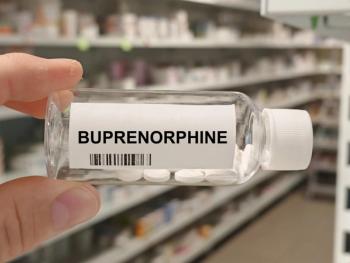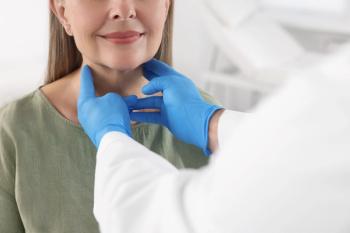
Pharmacists Studying Transitions of Care in an Emergency Department Population
Study highlights the importance of developing solid relationships with patients, so they are comfortable asking questions and trust pharmacists with their care.
A recent Community Pharmacy Foundation
The team had worked together on a
“Low recruitment in the first study and the realization that patients were loyal to their pharmacy, and specifically their pharmacists, provided us with a lot of insight,”
Porter said that they planned to interview patients after emergency visit discharge to see whether they filled prescribed medications. If so, they would delve more into the experience of that transition home, the pharmacist’s role in the process, and the patient’s overall expectation of the pharmacist. They wanted to know what was the pharmacist’s role in transitions of care? How did that help the patient feel cared for, and did that impact loyalty to the pharmacy?
Although the researchers could not complete their project as planned, they still learned a great deal from their experiences and reflection, much of which pharmacists can apply in their practices.
Porter said, “It is important to understand other viewpoints, taking the time, especially in small communities, to reach out to the emergency department. Try to meet the staff, ask questions, find out what they struggle with—how can pharmacists help?”
Southerland explained that in the ED, patients often assume their electronic medical record is up to date, when it usually lists medications that the patient discontinued years ago. Pharmacists can provide a helpful service by giving patients up-to-date paper copies of medication lists. She also suggests that when pharmacists see prescriptions that come in from an ED, it is a good idea to talk to the patient to ensure they understand what the medications are for and if there are any questions.
“Try to go the extra step, talk to the patient, and help them understand their transition of care,” she said.
Acknowledging that time is a constraint in the community pharmacy setting, Hoyt suggests pharmacists can help patients by thinking about what resources we can equip patients with proactively, such as medication lists.
“Additional services to consider include medication synchronization and medication therapy reviews,” Hoyt said. “The more we go above and beyond, the more we can help.”
Porter reminds pharmacists that sometimes ED providers need to call the pharmacy for clarification and to be receptive to these calls.
“Remember that they are trying to take care of the patient and to be helpful and give them clear information,” Porter said.
Dr. Southerland added, “And vice versa...I know it’s hard to call the ER, but I’ve never had a pharmacist call with a bad question.”
She suggests that, when possible, pharmacists establish communication with the ED staff. Dr. Porter reminds pharmacists, “Communication is always key...there are many pharmacies in comparison to the number of hospitals—it’s incumbent upon us to reach out to ER doctors and create relationships.”
Last but not least, Southerland suggests, “If your pharmacy does something special, like vaccines, compounding, or TED hose, let providers know.”
Community pharmacies have a number of patient care services they can offer. Dr. Hoyt suggests a call to action for pharmacists.
“Focus on patient care and helping patients achieve better health outcomes based on the needs in your communities,” she said.
The
Newsletter
Stay informed on drug updates, treatment guidelines, and pharmacy practice trends—subscribe to Pharmacy Times for weekly clinical insights.


















































































































































































































